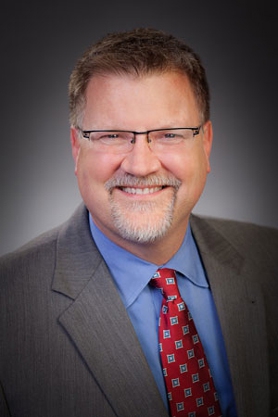 Musculoskeletal disorder (MSD) injuries are by far the most common workplace injury in almost every industry. This is a broad category of injuries that includes sprains, strains, hernias, and tears to spinal discs, muscles, tendons, and ligaments caused by overexertion, overuse, and repetitive motions. The good news is that if you experience one of these injuries on the job in Ohio and cannot work, you can file a claim for workers’ compensation benefits to cover your medical costs and lost wages.
Musculoskeletal disorder (MSD) injuries are by far the most common workplace injury in almost every industry. This is a broad category of injuries that includes sprains, strains, hernias, and tears to spinal discs, muscles, tendons, and ligaments caused by overexertion, overuse, and repetitive motions. The good news is that if you experience one of these injuries on the job in Ohio and cannot work, you can file a claim for workers’ compensation benefits to cover your medical costs and lost wages.
However, a better scenario is for employers to be more proactive about preventing these injuries in the first place. A recent study from the National Safety Council (NSC) addresses this problem and proposes changes that could make many types of workplaces much safer.
Why Does Workplace Safety Matter?
If you can get wage reimbursement and have your medical bills paid while you recover from an injury, why does it matter if your workplace is safe or not? Trust me, as someone who has been helping injured workers for over 30 years, I can tell you that every one of them would have preferred not to be hurt in the first place. Yes, workers’ comp is an important safety net for people who are hurt and can’t work, but the chronic pain, compounding injuries, and career interruptions injured workers often face are not easily remedied. An employer that values safety above all else is a much better solution.
What Safety Obligations Do Ohio Workplaces Have?
Under federal law, employers must provide a workplace free from serious recognized hazards, and they must follow standards and regulations issued by the Occupational Safety and Health Administration (OSHA). Violation of industry safety standards can result in citations and fines for the company. However, under Ohio workers’ compensation law, neither the employer nor the worker can be held liable for an accidental injury or occupational illness that is not the result of a blatant OSHA or state of Ohio violation. In that way, workers’ comp is a no-fault program. Rather than suing your employer or your employer firing you after a serious accident, the matter is handled by the Bureau of Workers’ Compensation (BWC) to make sure the worker is fairly compensated.
NSC Recommendations for Prevention of Workplace MSD Injuries
After reviewing dozens of scientific studies of interventions started to prevent MSD injuries in ten different industries, the NSC concluded that the most effective changes involve both a physical change to the work task and a shift in process and organization. Cutting-edge equipment and modern workstations are most effective when combined with a program that educates workers and managers, changes routines, and focuses on safety over efficiency. Some examples include:
- For office workers, offering sit-stand desks along with a health campaign that explains the benefits.
- For healthcare workers, introducing load-reducing equipment such as patient lifts and robotic wheelchairs along with proper training and a reduction of time demands.
- For factory workers, buying exoskeletons and exosuits with worker input and feedback.
- For all workers, supplementing or replacing on-site nurses with industrial athletic trainers who not only provide first aid but also help workers perform tasks safely, monitor fatigue, provide relevant stretching and strengthening exercises, and change tasks as needed.
The NSC stresses the importance of a collaborative relationship between workers and managers to support a safe workplace. This includes accommodating different working populations, inviting employee feedback, and ensuring the effectiveness of new ideas before broad implementation.
Did You Suffer a Sprain or Strain at Work?
Unfortunately, the National Safety Council’s ideas and advice are probably years away for most Ohio workers. If you work at an Amazon warehouse, an Ohio Health hospital, or Home Depot, you are probably facing obstacles that endanger your health and safety every day. Remember that a workplace injury should not lead to conflict with your employer. If it does, you might need a workers’ comp attorney to help you with your claim. Learn more by requesting a free copy of our book, The Worker's Guide to Injury Compensation in Ohio, then fill out our online contact form or call our Upper Arlington office at 614-334-4649 to get started.
| Related Links: |

